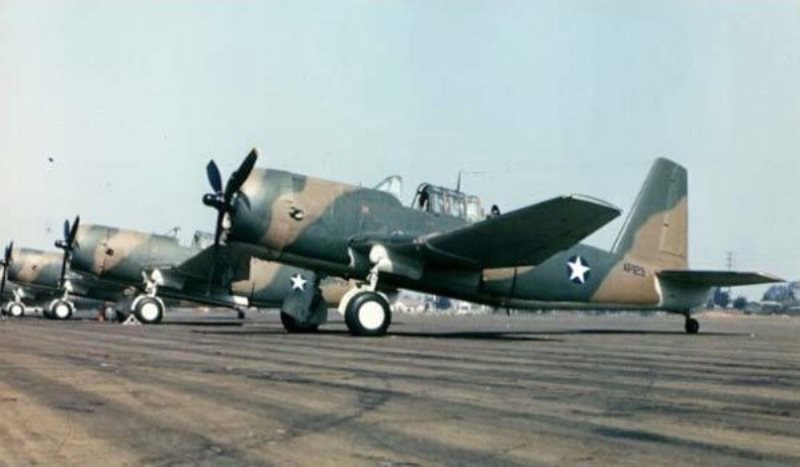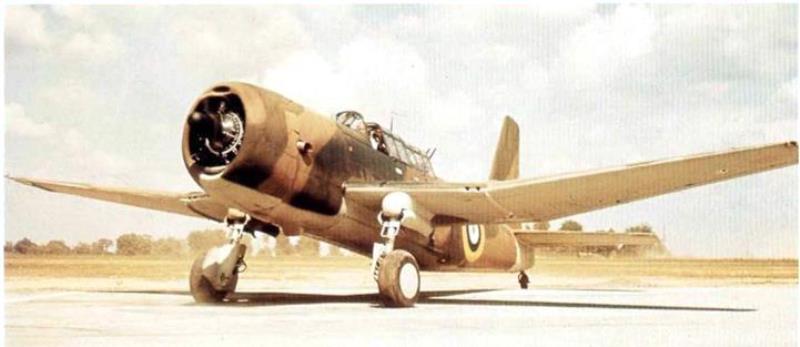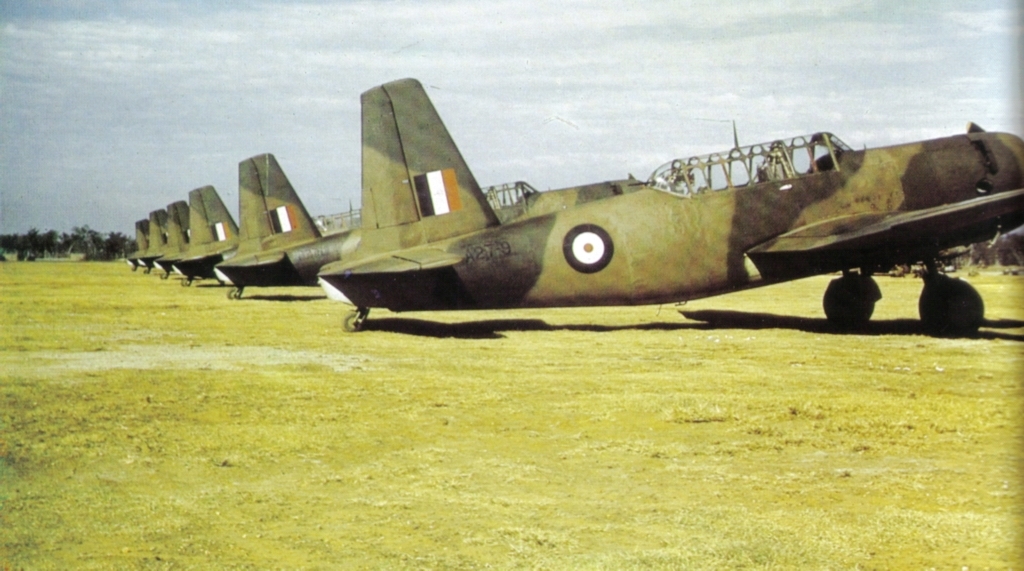






Part III here: https://inchhighguy.wordpress.com/2022/01/07/revell-hmcs-snowberry-flower-class-corvette-build-in-1-72-scale-part-iii/
Scale Modeling and Military History







Part III here: https://inchhighguy.wordpress.com/2022/01/07/revell-hmcs-snowberry-flower-class-corvette-build-in-1-72-scale-part-iii/
Walther Dahl claimed his first victory on the opening day of Operation Barbarossa, the German invasion of the Soviet Union. He continued to score against the Soviets, his total reaching 51 victories by July 1943, when he was assigned to the West as Gruppenkommandeur of III./JG 3. He successfully made the transition from East to West, although he was shot down by RAF Spitfires on 17AUG43 had had to make a belly landing in his Bf 109. The Luftwaffe became more and more desperate to stem the flow of Allied bombers, and Dahl took command of JG 300 in June, 1944. JG 300 was formed as a special unit whose pilots were to close in on American bomber formations to point-blank range, ramming their targets if necessary. While these tactics were sometimes successful, they were also costly to the Luftwaffe, especially if Allied escort fighters were present. Dahl was one of several prominent Jagdflieger who locked horns with Reichsmarschall Hermann Göring, being relieved of command on 30NOV44 for refusing Göring’s order to intercept an American raid in poor weather, only the intervention of Adolf Galland preventing his court martial. Dahl was quickly reinstated and promoted, and continued to fly combat missions until the end of the war. He was credited with his last victory, a P-51 Mustang on 26APR45, bringing his total to 128.
The model depicts Dahl’s Fw 190A-8 of Stab /JG 300, at Jüterbog, Germany, December 1944.

















Production line photographs here: https://inchhighguy.wordpress.com/2022/01/05/vultee-vengeance-production-color-photographs/
Max-Hellmuth Ostermann began the war flying the Bf 110 twin-engine fighter with ZG 1 during the Invasion of Poland. He transferred to JG 21 flying the Bf 109 in time for the Battle of France, where he scored his first victory, a Morane-Saulnier M.S.406 on 20MAY40. By the close of the Battle of Britain he had achieved eight victories.
Ostermann continued to score against the Soviets from the start of Operation Barbarossa, being awarded the Knight’s Cross at the beginning of September 1941 for 29 victories. His score had risen to 70 by February 1942, when he was granted leave to get married. Because of his small build and youthful appearance, he was briefly arrested for impersonating a Luftwaffe Officer on his wedding day.
He achieved his 100th victory on 12MAY42 but was wounded in the engagement. He was presented with the Swords while recuperating. Ostermann was shot down and killed on 09AUG42 by Arkady Ivanovich Sukov flying a LaGG-3. His final score was 102. Max-Hellmuth Ostermann’s Bf 109F-2, 7. / JG54 at Dno, Russia, September 1941









Rising Tide: The Untold Story of The Russian Submarines That Fought the Cold War
By Gary E. Weir and Walter J. Boyne
Hardcover in dustjacket, 354 pages, photographs, appendices, notes, bibliography, and index
Published by Basic Books, October 2003
Language: English
ISBN-10: 0-465-09112-1
ISBN-13: 978-0-465-09112-6
Dimensions: 6.3 x 1.3 x 9.3 inches
The submarine service of any nation is generally cloaked in secrecy, and with good reason. The primary advantage of a submarine is stealth – leave port, pull the plug, and disappear. The submarine is then free to operate anywhere her speed and endurance can take her, and perform any task desired. But if a submarine is detected it is suddenly vulnerable.
Rising Tide pulls back the curtain on Soviet submarine operations during the Cold War. The authors base the book on interviews with several former Soviet submarine Captains. While not widely known outside of naval circles, the Soviet boats were notoriously unreliable and several of the anecdotes in the book deal with fires and accidents, a number of which resulted in loss of life and / or sinking of the submarine. There was a callousness towards the lives of the crews not seen in Western navies, and Soviet submarines employed technologies and design practices which would have not even been considered in other navies. Adding to the problems were substandard maintenance and training practices. These are illustrated by the deployment of several Foxtrot-class attack submarines during the Cuban Missile Crisis, none of which were completely operational after crossing the Atlantic. A second example is the loss of the Oscar II class submarine Kursk, which was attributed to an explosion of a practice torpedo. Subsequent investigation revealed the torpedo had not been properly maintained and that the crew had not actually fired a torpedo in years.
The book concludes with an analysis of Gorshkov’s History of the Soviet Navy and a brief comparison of American and Soviet submarines. Gorshkov’s writings are at times insightful, and at other times almost laughable. Overall, I found this book offered an interesting (though by necessity, incomplete) perspective on how the “other side” did things. Recommended.

Photographs taken at the Tri-State Warbird Museum, Batavia, Ohio











Part II here: https://inchhighguy.wordpress.com/2022/01/03/eastern-aircraft-tbm-3-avenger-walk-around-part-ii/




















For more Women Warriors, click on the tag below:







Part II here: https://inchhighguy.wordpress.com/2021/12/31/revell-hmcs-snowberry-flower-class-corvette-build-in-1-72-scale-part-ii/
This is Erich Leie’s Bf 109F-4 assigned to Stab / JG2 at St. Pol-Brias, France during the Summer of 1941. His best day was on 23JUL41 when he claimed six Spitfires. He was eventually credited with 118 victories (some sources say 122) and over 500 combat sorties. He survived through most of the war, but was killed on 07MAR45 when he collided with a Yak-9 which he had just shot down.















Scale models, where they come from, and people who make them
Scale diorama tips and ideas
Let's build, and build again even if you won't build everything you have bought
A futile fight against entropy or 'Every man should have a hobby'? Either way it is a blog on tabletop wargames, board games and megagames
World War II with Scale Models
Illustrating Stories, Painting Miniatures, Reviewing Realms.
This is my ad free non-profit blog of my research notes on military history since April 2018.
Moving with the tides of history
Building and improving scale models
WHENEVER ANY FORM OF GOVERNMENT BECOMES DESTRUCTIVE OF THESE ENDS (LIFE,LIBERTY,AND THE PURSUIT OF HAPPINESS) IT IS THE RIGHT OF THE PEOPLE TO ALTER OR ABOLISH IT, AND TO INSTITUTE A NEW GOVERNMENT― Thomas Jefferson
Let's build and build again
This WordPress.com site is Pacific War era information
Scale Modeling and Military History
The best in WWII aviation history
Scale Modeling and Military History
Scale models from the sunny side of the Alps.
Scale Modeling and Military History
Scale Modeling and Military History
Scale Modeling and Military History
Scale Modeling and Military History
Scale Modeling and Military History
Scale Modeling and Military History
Scale Modeling and Military History
A blog about Modeling and life in general